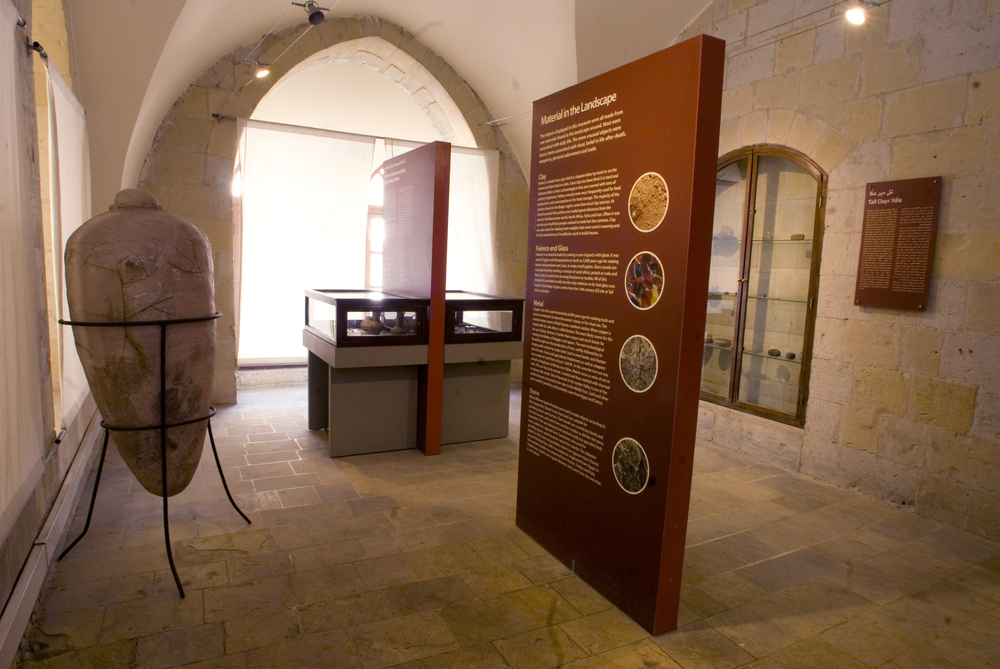

The history of tourism in Jordan is deeply intertwined with its rich tapestry of history, culture, and natural beauty. As a land that has seen the passage of numerous civilizations, Jordan has long attracted scholars, historians, and travelers keen to explore its historical significance and cultural heritage. The Salt Archaeological Museum is a testament to that timeline, offering a window into the past of not just the city of Al Salt but also the wider region of Jordan.
Al Salt was one of the most important trading centers between the Jordan Valley and the Eastern Desert during different periods, especially in the late Ottoman period. In 2021, the city of Al Salt was recognized as a UNESCO World Heritage Site known as ’As-Salt - The Place of Tolerance and Urban Hospitality’, highlighting its architectural treasures and the unique blend of European and Arab cultures.
The Salt Archaeological Museum hosts a collection of finds from the local area that shed light on the history and cultural diversity of Al Salt and Jordan as a whole. Formally established as a museum in 1983, it is located in Ain Al-Basha area, which is known for its historical springs and ancient structures. The museum itself is housed in a two-story traditional building dating back to the early 20th century, offering visitors a glimpse into the past through its exhibits and architectural grandeur.
The museum's collection boasts a range of artifacts, including pottery, glassware, and metal objects that date back to different historical eras from the Bronze Age to the Islamic period. These artifacts have been pivotal in understanding the everyday lives of the inhabitants of the region, their trade, social systems, and beliefs.
Special exhibitions often take place at the Salt Archaeological Museum, further engaging visitors with thematic displays and interpretations of archaeological discoveries. These exhibitions contribute to the educational aspect of the museum, making it an important destination for educational tourism, which is an emerging trend in the global tourism market.
Eco-tourism and cultural tourism are distinguishing the latest trends in Jordan's tourism scene. Travelers are now seeking experiences that are not only about visiting historical sites but also about understanding the local culture, traditions, and the natural environment. The museum plays a role in this by providing a cultural context to the city's natural and social milieu.
Moreover, with increasing awareness and the importance of sustainable travel, there is more emphasis on responsible tourism practices. Jordan has taken various steps to ensure that its tourism infrastructure, including its museums and heritage sites, operates in line with sustainability principles.
For those planning a visit to the Salt Archaeological Museum, it is recommended to pair it with a walking tour of Al Salt's old core. The city’s harmonious cluster of yellow limestone buildings, traditional bazaars, and ancient alleyways provide an enchanting backdrop that complements the museum experience. The municipality has been working on improving the touristic infrastructure to make Al Salt even more accessible to visitors.
The museum is not just a place to pass the time; it's a destination that tells the story of a city that has been a crucible of cultural exchange and human civilization for millennia. A visit to the Salt Archaeological Museum is a journey through time, offering insights into the archaeological and anthropological narratives that have shaped Jordan and continue to captivate tourists from around the world.